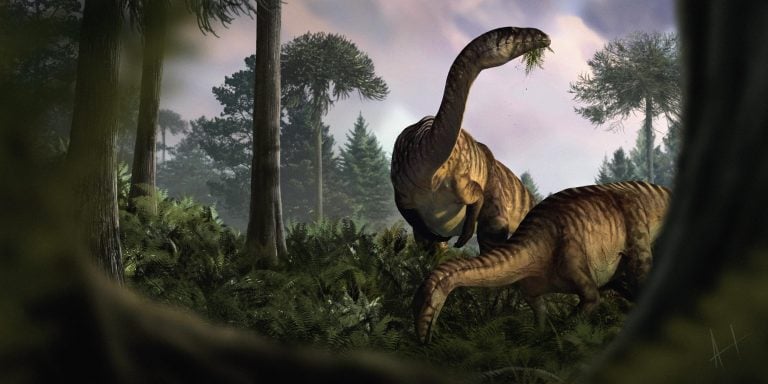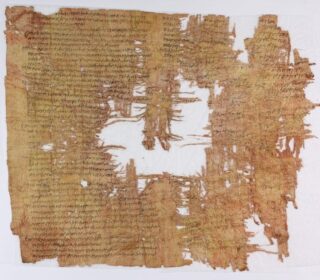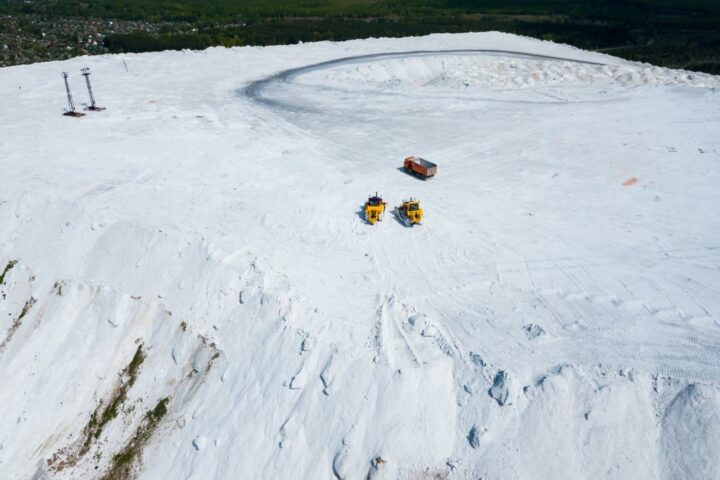Researchers analyzed fossilized feces to uncover dinosaur diets, revealing diverse eating habits contributed to their evolutionary success in the Late Triassic.
Uncovering Ancient Ecosystems
A team of paleontologists from Uppsala University used advanced synchrotron imaging to analyze hundreds of fossilized feces samples. By identifying undigested food remains, plants and prey, they reconstructed ecosystems from the time dinosaurs first dominated.
Ecological Insights from the Polish Basin
The study focused on the Polish Basin, exploring Triassic and Jurassic ecosystems (230-200 million years ago). Combining coprolite data with climate information and other fossils, researchers built a comprehensive picture.
Surprising Discoveries
Coprolites contained:
- Fish scales and bones
- Insects, including beetles
- Larger animal remains
- Plant material, including tree ferns and charcoal
Diverse Diets and Adaptability
Researchers found:
- Herbivorous dinosaurs ingested charcoal, possibly to detoxify stomach contents
- Carnivores crushed bones for salts and marrow
- Omnivores consumed varied diets
Implications for Dinosaur Evolution
The study addresses a significant knowledge gap, proposing a five-step model of dinosaur evolution. Dietary diversity and adaptability were crucial survival traits during environmental changes.
Lessons from the Past
Understanding past ecosystems offers insights into evolutionary processes and adaptability. As researchers emphasize, studying ancient ecosystems can inform our understanding of life’s resilience in the face of climate change.
Key Findings:
- Diverse diets contributed to dinosaur success
- Herbivores ingested charcoal for detoxification
- Carnivores crushed bones for nutrients
- Omnivores consumed varied diets
Learn More:
- Read the full study in Nature
- Explore Uppsala University’s paleontology research
- Discover how ancient ecosystems inform modern conservation efforts

















